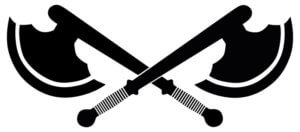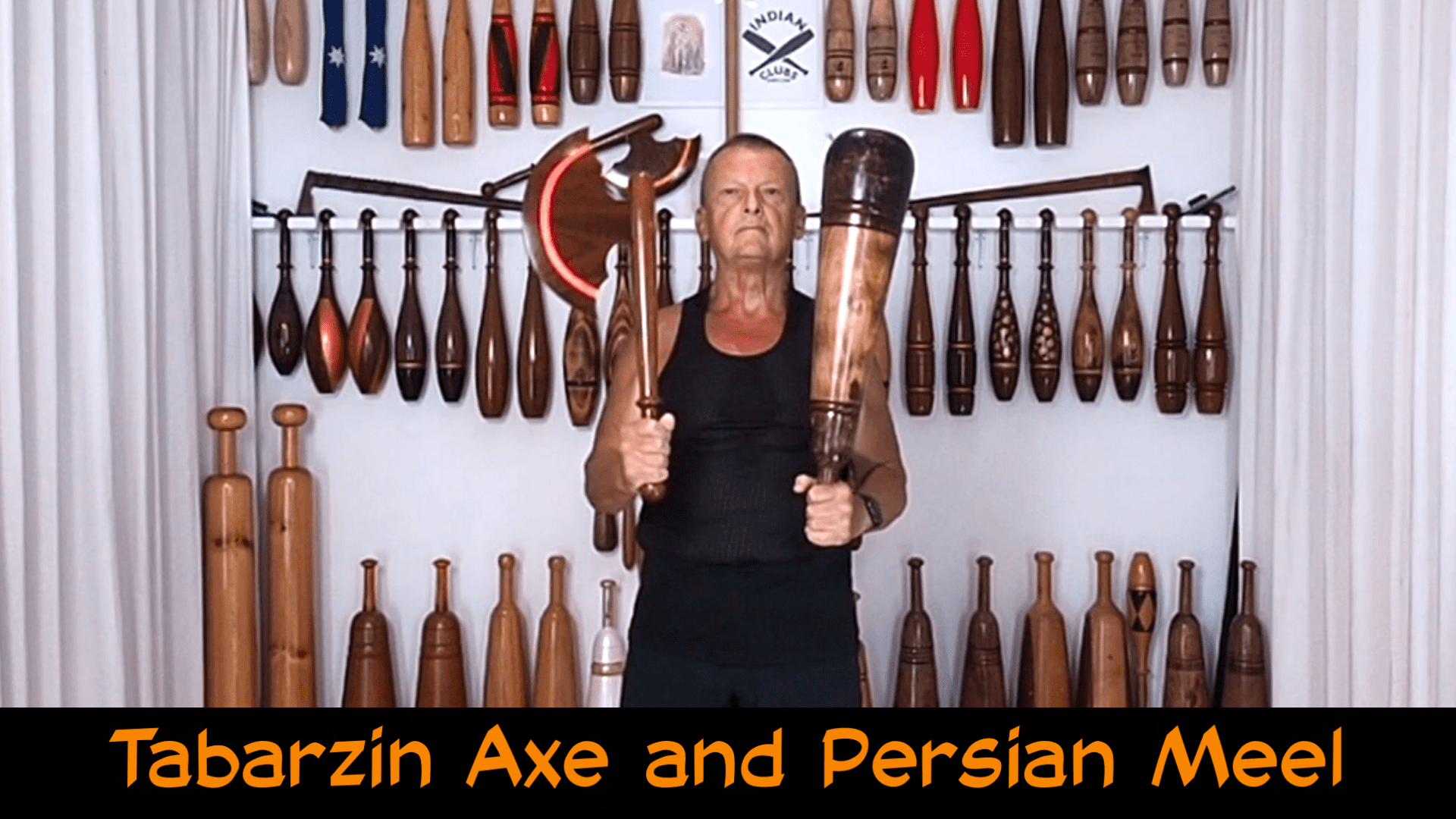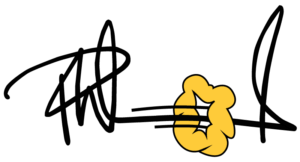Tabarzin and Meel Training
Tabarzin and Meel Training. I was planning to swing my Tabarzin Axes today. I picked one up in my right hand and decided to grab a 4.5kg Persian Meel in the other. The Axe swings a front circle and a back shoulder circle, and the Meel swings the back shoulder circle.
Look out for slow-motion, single-arm transitions of the Axe and Meel.
The Tabarzin Axe can strike, and the Persian Meel can block incoming attacks, parry blows and create a defensive barrier. This session demanded precise coordination, ambidexterity, and acute awareness.
Speed and Precision
Tabarzin and Meel Training with the Tabarzin Axe and the Persian Meel combines the speed and precision of the Tabarzin Axe with the defensive shield-like capabilities of the Persian Meel.
Designed to Wound
Historically, the Tabarzin Axe allowed for quick and repeated strikes against adversaries. With a narrow slicing blade, the Tabarzin Axe was explicitly designed to inflict deep, devastating wounds upon the limbs and appendages of opponents. This preference for disabling strikes made it an effective weapon for horseback combat, enabling riders to incapacitate foes swiftly.

The Tabarzin Name
The Tabarzin Axe name derives from Persian and modern Turkish, meaning “Saddle Axe,” and was used by horse-mounted warriors. Its defining characteristic lies in its slender handle, providing exceptional lightness and agility in combat.
Cyrus the Great created Physiological Warfare.
The Immortals were an army of 10,000 men formed under the rule of Cyrus the Great, founder of the Achaemenid Empire in 500 BC.
10,000 Immortals
Cyrus the Great wanted to intimidate his enemies. The Immortals were 10,000 strong, with 5000 men in reserve. As a warrior was killed or wounded, they were immediately replaced by a reserve soldier. The replacement allowed the Immortals to remain consistent in numbers.
Therefore, from the opponent’s perspective, each soldier was ‘immortal’, and their replacement represented a resurrection giving them the name ‘Immortals’. An unnerving and daunting prospect for the unwitting enemy.
Training of Persian Soldiers
The training of Persian soldiers began in childhood. Around age five, they learnt to use a bow and arrow, throw a spear and ride a horse. Boys trained to hunt and underwent strict endurance tests, including withstanding cold, heat and rain. Official military service began at the age of 20.
Building Endurance
To build endurance, Cyrus trained his men with equipment that was two to three times heavier than the weapons and shields they used for daily battle. Soldiers had to learn how to combine offensive strikes with defensive manoeuvres, enabling them to transition from offence to defence swiftly.
Legend of the Persian Meel
According to legend, the Persian Meel was created for training purposes. Military training with Meels mimics close-quarters attack and defence to create warriors who were a force on the battlefield. The techniques created a formidable and versatile fighting style.

In Use Today
Persian Meels are used for training in the Zurkhaneh of Iran and are becoming popular worldwide.

